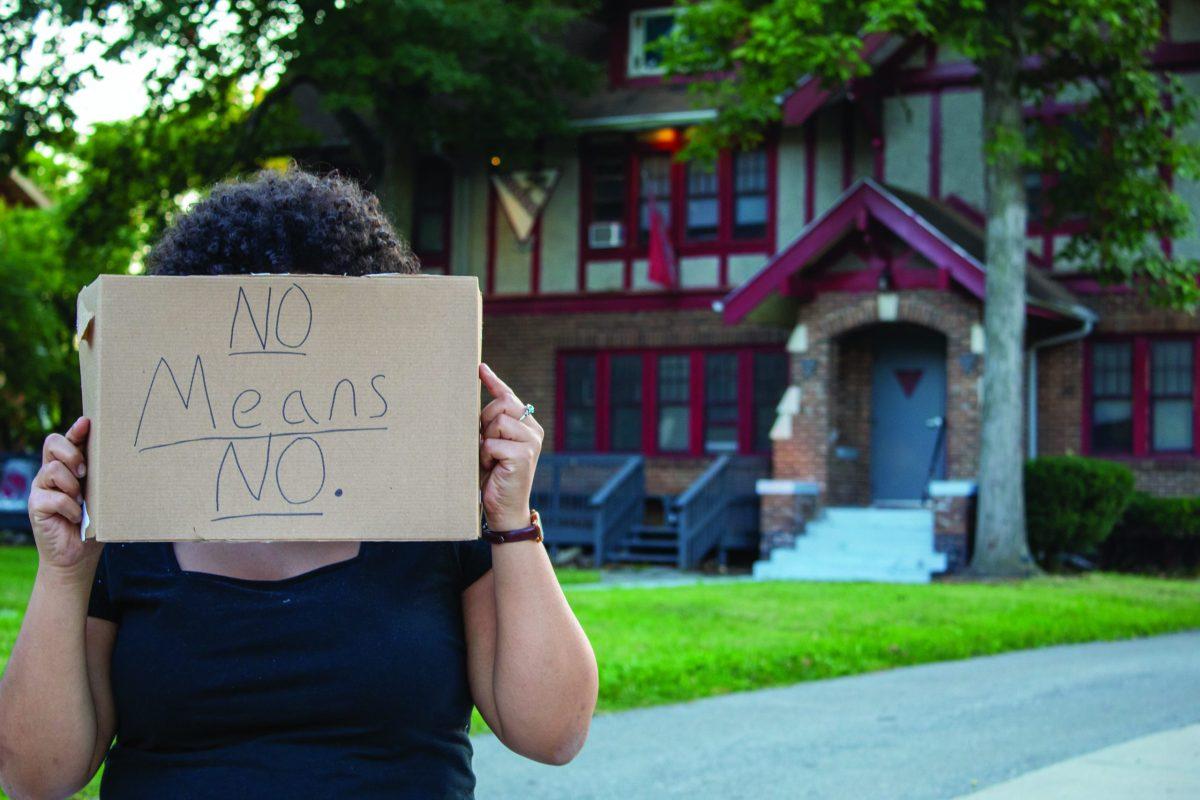Story by Sarah Fulton
Setting a new maximum of 20 hours a week for on-campus jobs was suggested to employers via email on Jan. 17.
Associate Director of Human Resources Debra Wiley said the recommendation was made in part to be “consistent” with a visa requirements that limit international students to work 20 hours a week.
However, the maximum is not a “formal policy.”
“We are encouraging managers to schedule students for no more than 20 hours a week to ensure there is sufficient time left for studying and co-curricular pursuits,” Wiley said.
Another reason Wiley gave for the recommendation was “compliance” with the Affordable Care Act and Fair Labor Standards Act.
The Affordable Care Act determines which employees receive benefits and defines full-time work as 30 hours a week.
The Fair Labor Act requires overtime to be paid to employees who work more than 40 hours in a week.
Wiley expects the change to have a “very minimal” effect.
Students currently average around 10 to 12 hours a week on campus, and no budgets will be adjusted as a result.
However, Wiley said some work places may have to hire additional students.
Cowles Library employee Ross Courtright, a senior computer science major, said he had not been informed of the recommendation but has seen an increase in the number of student employees.
“(It) is kind of disheartening. What happened at the library last semester was there were three student workers during the day, which can be redundant. It seems like we have more people and less hours,” Courtright said.
A similar policy limiting on-campus jobs has been in place at the University of Iowa for at least 30 years.
Cindy Seyfer, University of Iowa senior associate director of student finical aid, said the policy comes from section 20.4 of Iowa Code.
The code states that on-campus employees who work less than 20 hours a week are exempt from the merit system that applies to government workers.
“We want to make sure that there is a clear distinction between the people employed at our university under collective bargaining units versus student employment,” Seyfer said. “We have always limited our students in order to maintain the difference.”
Seyfer and her staff check campus the cumulative hours of on-campus employees throughout the school year.
Students who consistently work over 20 hours a week are sent a warning.
If they reach the maximum number of hours for the school year, 680, before the year ends, they are terminated.
Seyfer said that 20 to 30 students lose their jobs each year because of the policy.
“We really believe philosophically that it is importanwt that students limit their work hours,” Seyfer said.
At Drake hours will be monitored weekly.
Wiley said that University “always monitors” student hours through time sheets and will continue the practice.
If a student is “consistently” scheduled more than 20 hours Wiley’s staff will meet with the manager to make sure the schedule is “appropriate.”
“In some cases, it may be and no adjustment will be made, in other cases we may want to make adjustments – such as hiring another student to supplant the workforce,” Wiley said. “Based on our records at this time, we don’t anticipate more than a few cases where that is necessary.”
Recreational monitor Kayla Hughes, a sophomore pre-pharmacy major, said her employer already had an informal limit of eight to 10 hours in place.
“That is just how many shifts there are. If you wanted to you could work more,” Hughes said. “[It is] because there are so many employees who try to do that limit.”
Similarly to Courtright, Hughes was uninformed of the recommendations but is not affected by it.
“It does not affect me that much. I could see it being an issue if someone was trying to work a lot on campus,” Hughes said. “I think it is a good thing to balance work and studies. So people are not overworking themselves.”






